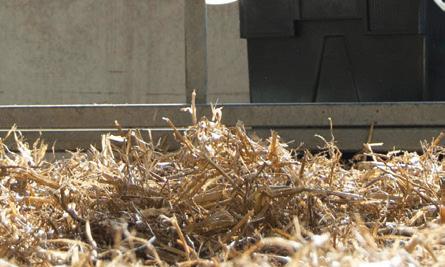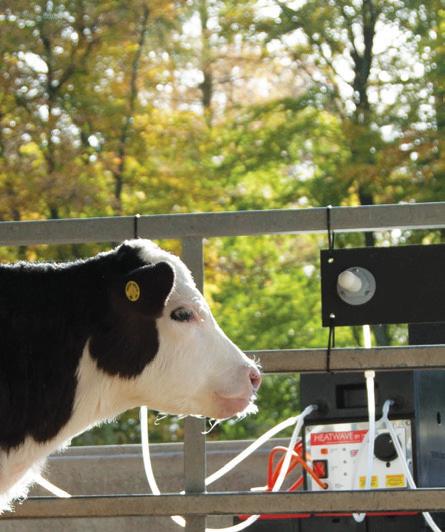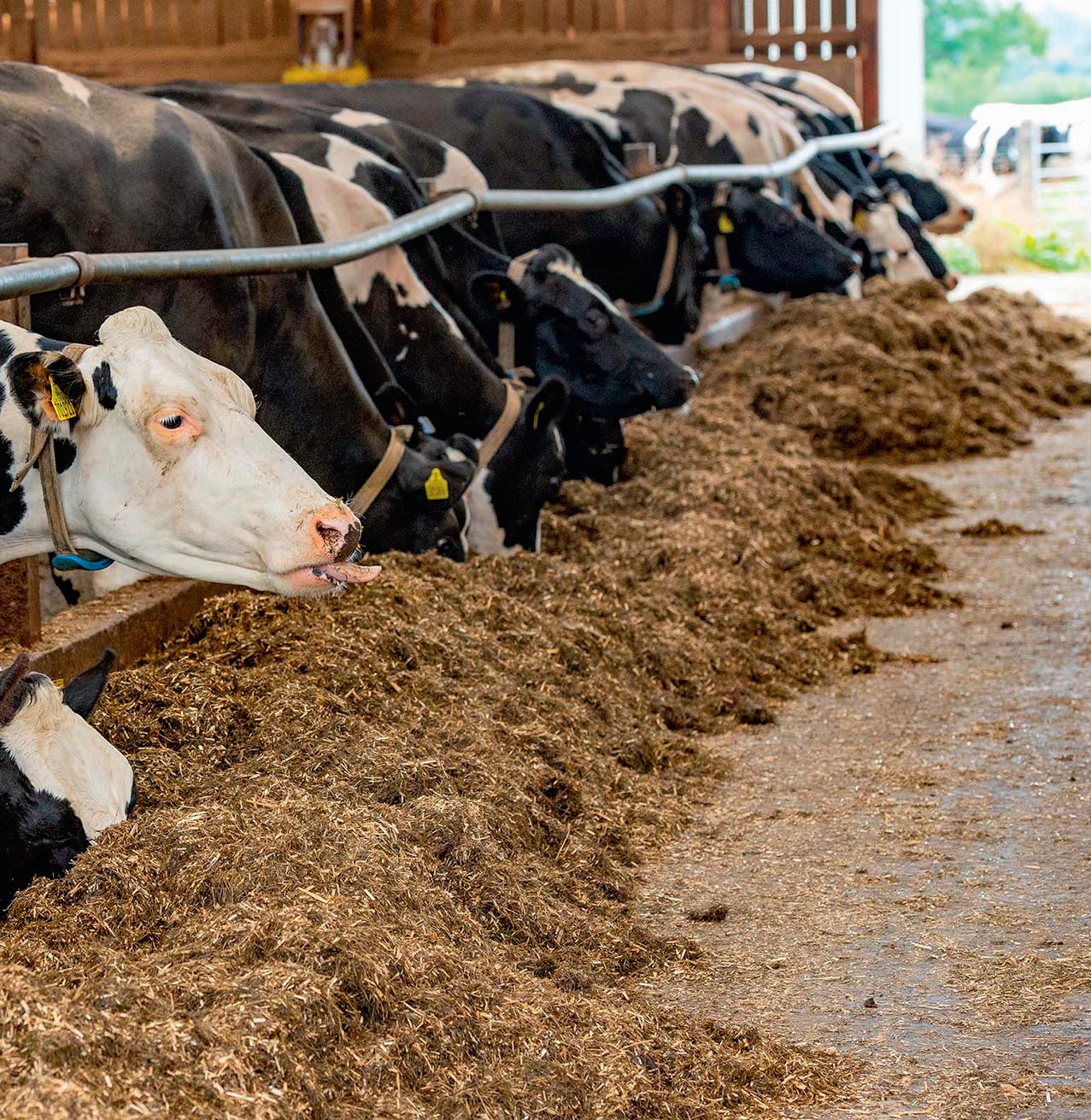
3 minute read
Value in abortion and stillbirth investigation
Current legislation requires dairy and beef cattle keepers to report any abortion to the Animal and Plant Health Agency (APHA) within 24 hours, as part of brucellosis surveillance.
But with many new disease incursions into dairy and beef systems presenting with abortion as an initial clinical finding, there are good reasons to consider investigating beyond statutory requirements, says Vanessa Swinson, of the APHA Cattle Expert Group.


Ms Swinson says: “Veterinary scanning surveillance enables early detection and investigation of new or re-emerging animal diseases and helps us to understand disease patterns and trends.



“The APHA and Scotland’s Rural College [SRUC] diagnostic services are the cornerstone of the scanning surveillance system in Great Britain.
“In England and Wales this is delivered by an APHA network of veterinary investigation centres and partner post-mortem provid- ers and in Scotland by a network of SRUC centres.
“We offer post-mortem examinations and diagnostic testing, as well as advice and support, to veterinary surgeons in practice to diagnose, control and prevent disease in farm animals.”
Abortion
For cattle, an abortion is defined as the expulsion of a calf at less than 271 days after service, or less than 265 days after implantation, whether the calf is born dead or alive.
A stillborn calf is defined as having been born dead at more than 271 days of gestation, or one that dies within 24 hours of birth.
“It has been suggested that an abortion rate of less than 2.5 per cent is considered acceptable in terms of physiological loss,” says Ms Swinson.
“Therefore, investigation at a rate above 3 per cent, or where a cluster of abortions and/or stillbirths occurs in a short time period, is advised. However, it is important to review and record all abortions and stillbirths on-farm and consider investigation early on.”
Causes of abortion and stillbirth, the APHA cattle expert group explain, fall into two categories: infectious and non-infectious.
The group’s Alan Murphy says: “Non-infectious causes are generally more common as a cause of stillbirth and include calving difficulties, such as foetal oversize or malpresentation and uterine inertia linked to metabolic disease in the cow.”
Viral causes
“Viral causes of abortion include bovine viral diarrhoea virus, infectious bovine rhinotracheitis virus and Schmallenberg virus [SBV],” says Mr Murphy.
“Their detection in aborted or stillborn calves assists your vet in determining whether more testing is required and the best approach for their control or elimination.”
“Protozoal abortion due to neosporosis is the most commonly diagnosed cause of bovine abortion currently.
“A detailed review of the history and management of the herd with your vet is advised following such a diagnosis.

“As Britain moves towards BVD control and eradication, abortion investigation plays a key role in monitoring a herd’s BVD status.
“Although SBV infection may result in deformities, it is worth noting that not all deformed calves are associated with SBV.”
WHAT IS INVOLVED IN INVESTIGATION?
INVESTIGATION of abortion and stillbirth involves a systematic and detailed examination of the body and organs, associated placenta and laboratory testing for the main infectious causes.
When an aborted or stillborn calf is submitted to the GB scanning surveillance network, the cost of this comprehensive investigation to the farmer is subsidised by Government.
Reasons for investigating abortion and stillbirth include:
■ The health and welfare of the individual cow and the herd as a whole.
■ That it might indicate a wider herd disease issue, or change in herd health status.

■ Reducing the risk of the financial and environmental cost of other abortions.
■ The zoonotic risk of some abortion pathogens.
■ Ensuring notifiable diseases such as brucellosis or bluetongue are excluded, so evidencing the UK’s disease-free status.
Ms Swinson says: “A review and assessment of the disease history and herd management are a vital part of the investigation and help in interpretation of the laboratory results.
Information required
“Information should include: the type of herd, age of dam, stage of gestation, number of abortions and timeline, any illness in the dams, managementhousing, grazing, diet, biosecurity - purchased animals, contact with other stock, vaccination and herd health status.
“Investigations can inform disease control strategies and whether any other testing is indicated, influence selection of replacement heifers or cow culling decisions and support the implementation of new interventions such as vaccination.


“Negative results are also very significant, as each calf is comprehensively screened for a broad range of pathogens, which can then be ruled out.”
Spurred on by their role as an AHDB strategic monitor farm, brothers Wallace and James Hendrie decided to change their calving pattern and now the emphasis is on ensuring attention is paid to transition cow management to cope with this.
Speaking at a recent AHDB-organised event at the farm, Millands, near Galston, East Ayrshire, Wallace explained they had originally operated a spring and autumn calving block. But it was decided in 2020 to move everything to a spring block to allow the business to be more focused and efficient.
Now, just over two years into this transition, the brothers are hopeful that this year’s block calving, due to start this month, will show an improvement in the fertility rate.
Previously, they ran a 24 per cent empty rate, which dropped to 11 per cent last year and the brothers hope that for the calving which is due to start shortly, single figures will be achieved.
Wallace explained the 600 Holstein Friesian cows are all calved at the home farm of Millands.










